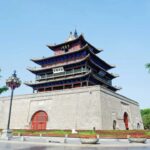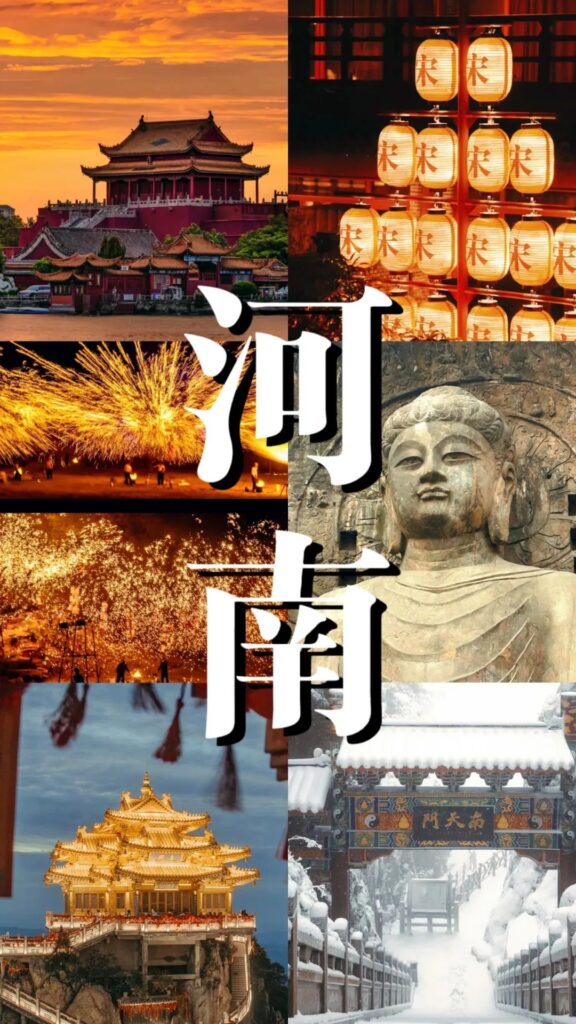
I don’t recommend going to Henan because it’s just too much fun! Once you go, you’ll want to go again and again, which isn’t good for my wallet!

Whether you’re a history enthusiast, interested in traditional culture, love exploring mountains and rivers, enjoy studying religious culture, or simply adore tasting local delicacies, believe me, coming to Henan will absolutely not disappoint you!
P.S. There are too many things to see and do in Henan, and due to the limited space in this article, I can only list a few. You’re welcome to fill in the gaps in the comments section!
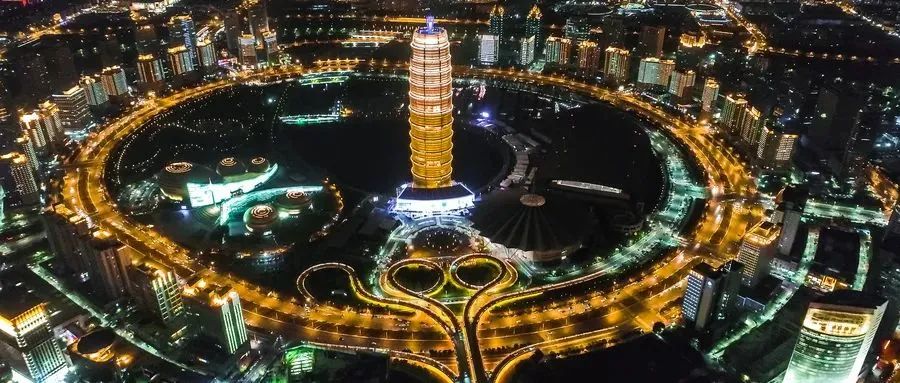
The saying “The history of Henan is half the history of China” is no exaggeration. In the 5,000-year history of Chinese civilization, Henan was the political, economic, and cultural center for more than 3,000 years. Out of the more than 400 emperors in China, over 200 of them worked in Henan…
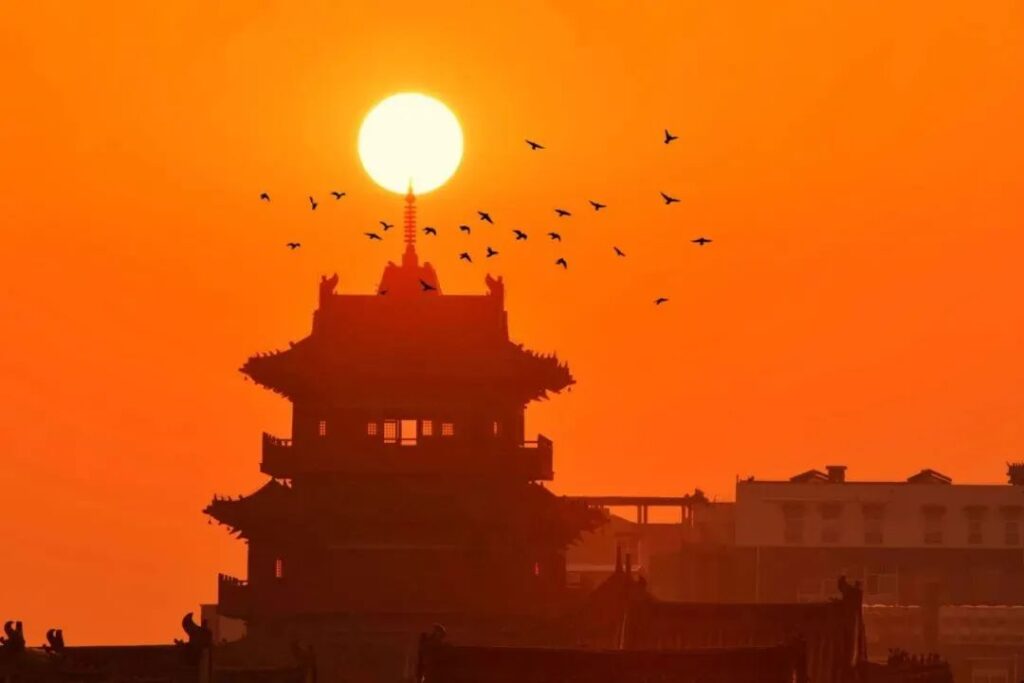
Among the eight ancient capitals of China, Henan alone accounts for four: Luoyang, Anyang, Kaifeng, and Zhengzhou! If you’re a history buff or love traditional culture, it would be a shame not to visit Henan!
Kaifeng: Dreaming Back a Thousand Years to the Bianjing City
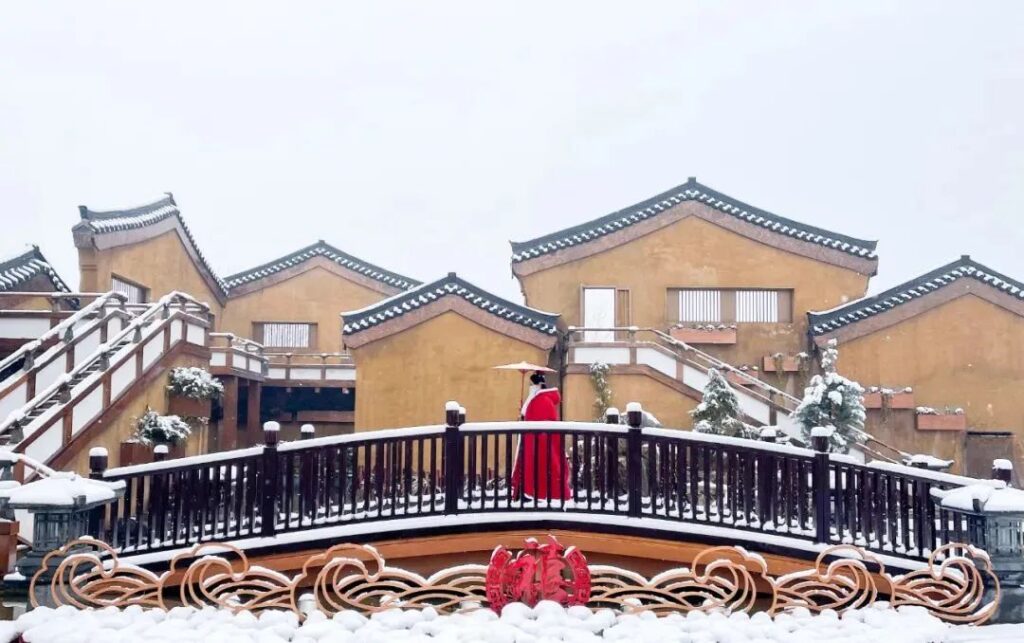
Kaifeng, formerly known as “Bianzhou” and “Bianliang,” has a history of over 4,000 years as a city and capital, having served as the capital for eight dynasties. Kaifeng, Henan, is the only city in the world where the central axis of the city has never changed, and the stacked city ruins are rare in the history of world archaeology and capital cities.
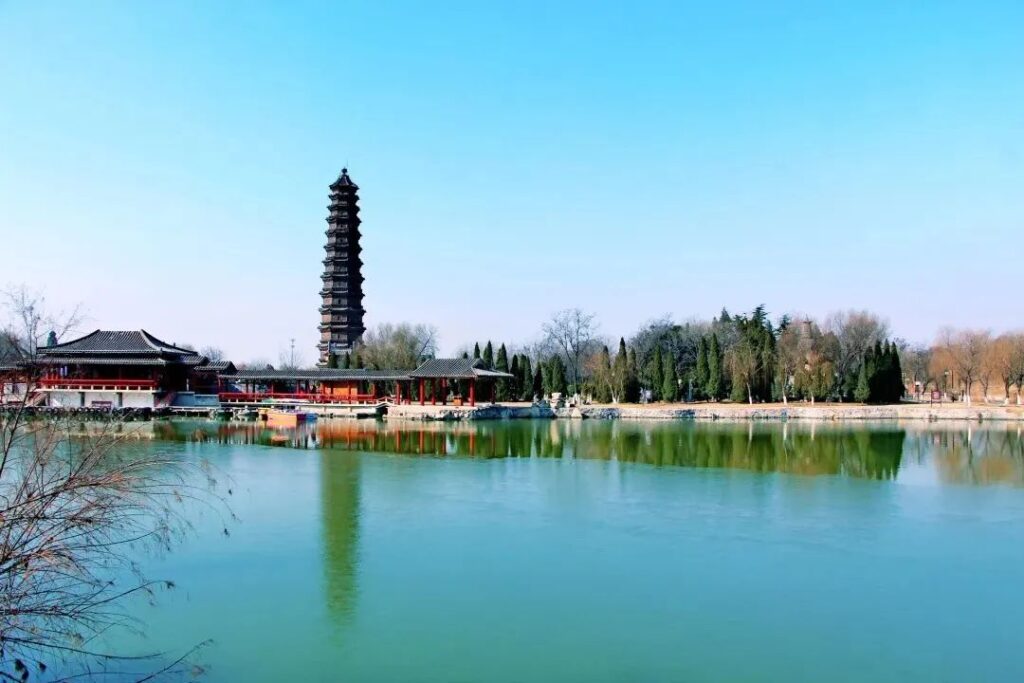
Must-visit authentic ancient buildings that are not artificially replicated include: the Fan Tower (Northern Song Dynasty), the Kaibao Temple Pagoda (Northern Song Dynasty), and the Prefecture Bridge Ruins (Tang, Song, Jin, Yuan, and Ming Dynasties).
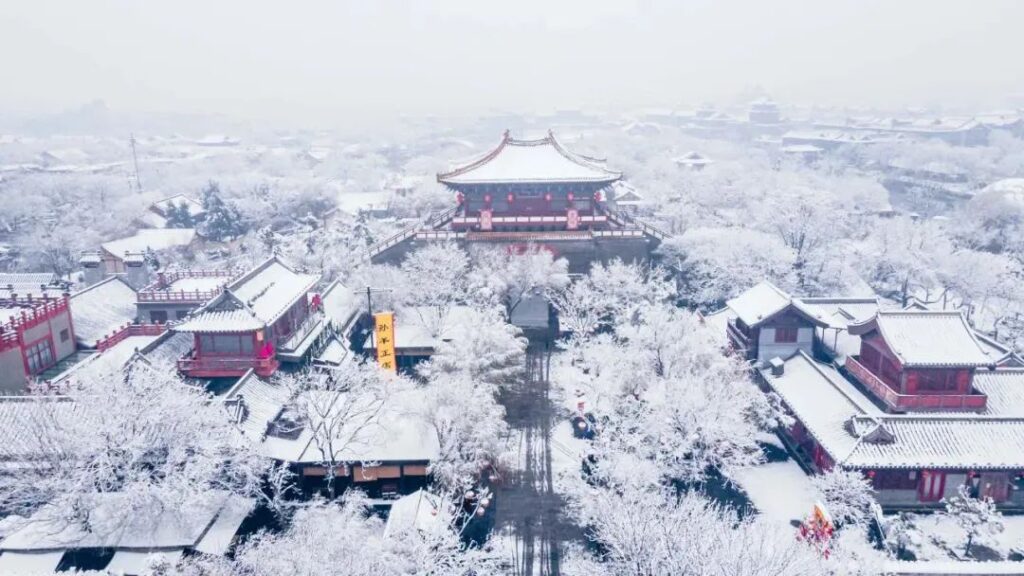


If you want to experience the atmosphere of “Kaifeng by day and Bianjing by night,” I recommend checking out the “Qingming Shanghe Park” themed around the Qingming Shanghe Tu (Along the River During the Qingming Festival) and the “Song City” themed around Song Dynasty culture, taking you back a thousand years to the Bianjing City.
🎫Tickets:
- Fan Tower: ¥15
- Kaifeng Government Office: ¥65
- Qingming Shanghe Park: ¥120
- Shanxi-Shaanxi-Gansu Guild Hall: ¥25
- Grand Canal of the Song Dynasty: ¥60
📌Free Attractions:
- Kaibao Temple Pagoda
- Prefecture Bridge Ruins
- Jinming Pool Ruins
- Shuanglong Alley
- Song City
Luoyang: Yingtianmen

The Yingtianmen of Luoyang, also known as the Five Phoenix Tower, Zetian Gate, and Shuntian Gate, was the main southern gate of the palace city in Luoyang during the Sui and Tang dynasties. It was first built in the first year of the Daye era of the Sui Dynasty (605 AD).
Its “two-story observation tower and three-exit que” architectural form was the most emblematic of the emperor’s identity and status in ancient Chinese etiquette and is currently the highest-level city gate tower ruins discovered in China.

Today’s Yingtianmen Ruins Protection and Display Project uses Tang-style architecture to construct a vast scene, employing creative modern artistic techniques to create a spectacular 3D projection light show at night, showcasing the splendor of Sui and Tang Luoyang with ancient and modern elements.
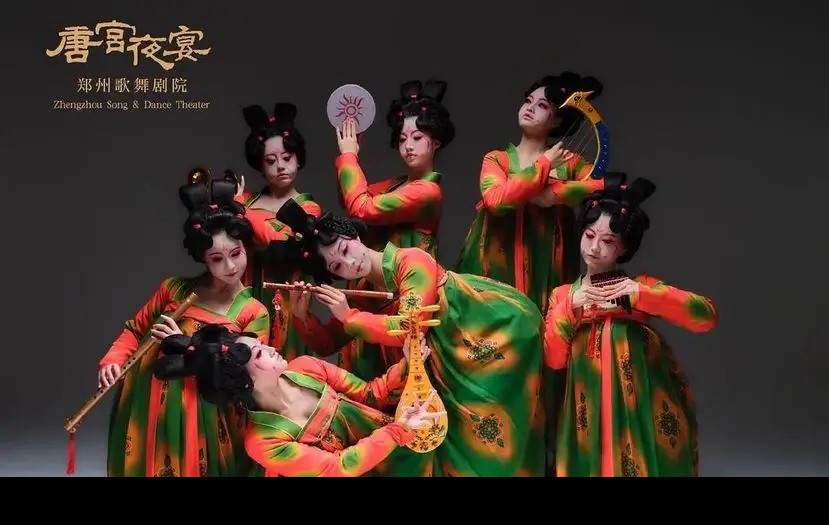
The performances “Tang Palace Night Banquet” and “The Way of Tianmen” require additional ticket purchases. If time permits, I recommend watching “Tang Palace Night Banquet,” which needs to be booked in advance. The performance lasts about 90 minutes, and afterward, you can go up to the 4th floor of the Que Tower to enjoy the scenery and take photos.
📍 100 meters from the intersection of Kaixuan Road and Dingding Road, Xigong District, Luoyang City, Henan Province
🎫 Yingtianmen: ¥60/person Half-price: ¥30/person (free for those over 60 years old and children under 12 years old or 1.4 meters tall)
🕐 9:00 AM – 10:00 PM (ticket sales stop at 9:30 PM)
Related Articles:
Zhengzhou: Henan Museum
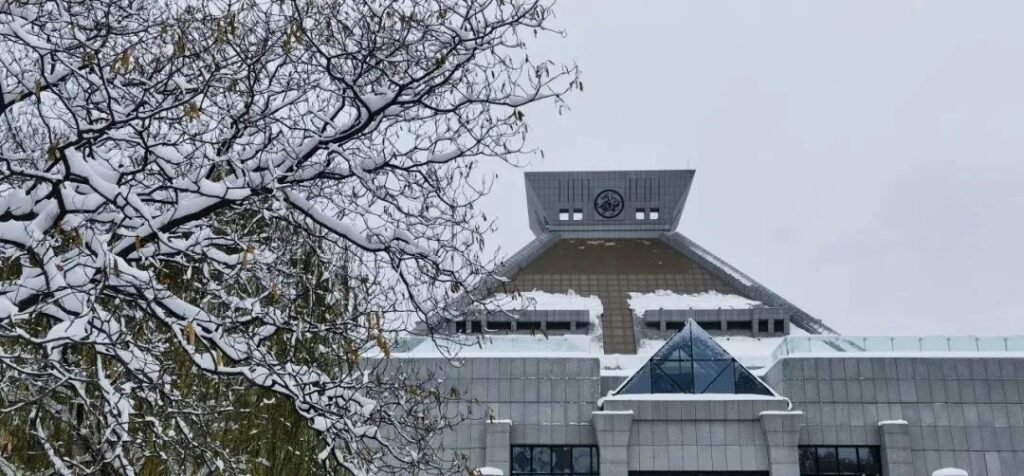

When it comes to history, one can’t avoid museums. The Henan Museum, with nearly a century of history, houses over 170,000 pieces in its collection and is an art palace that bears witness to Chinese civilization. It was announced by the National Cultural Heritage Administration as one of the first batch of national first-class museums. Among the collections in domestic museums, it ranks second only to the Palace Museum!


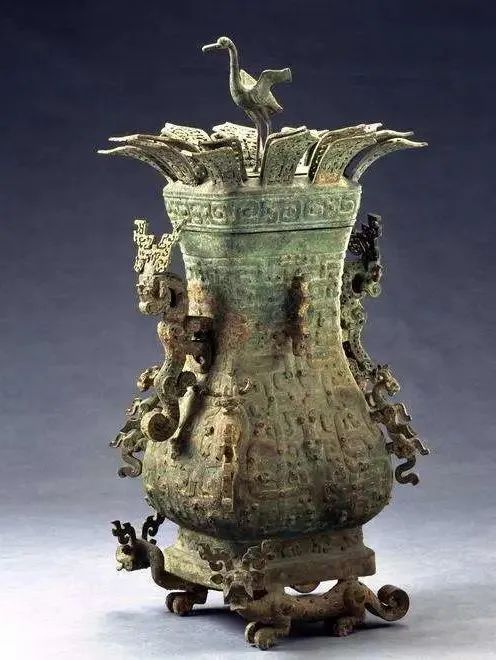

Here, you’ll find the “Jiahu Bone Flute,” which traces history back to 7800-9000 years ago, the Shang Dynasty “Fuhao Owl Zun,” the earliest artificially smelted iron artifact unearthed in China, the “Yubing Iron Sword,” as well as the “Duling Fangding,” “Four Gods Cloud Qi Picture,” “Cloud Pattern Bronze Prohibition,” “Wu Zetian Gold Slip,” and more.
📍 Henan Museum
🎫 Free, advance reservation required through the official account
🕐 Closed on Mondays, except for holidays
Anyang: Yin Ruins Palace and Ancestral Temple Site
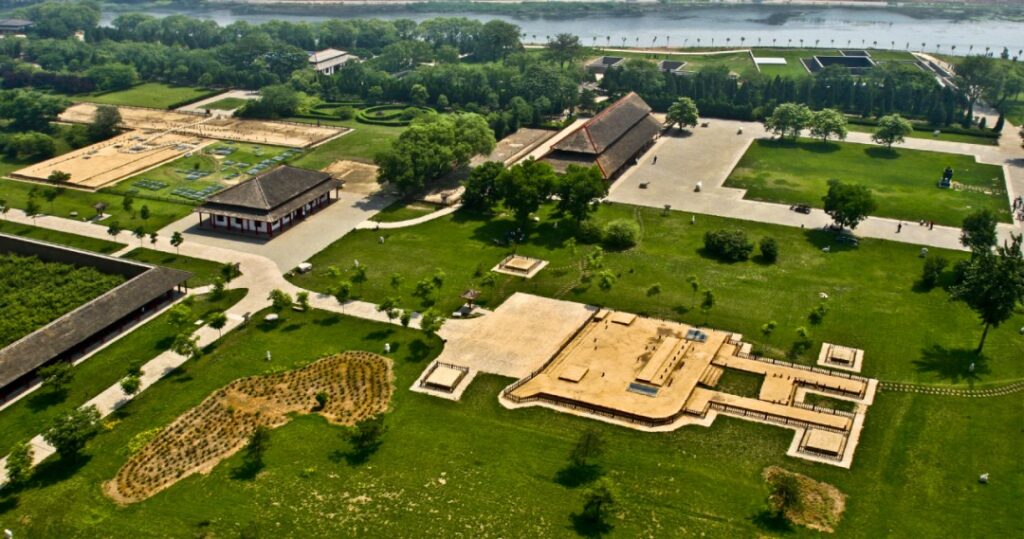
The commonly mentioned Yin Ruins are divided into the Palace and Ancestral Temple Site and the Royal Mausoleum Site. The core is the Palace and Ancestral Temple Site, where Fu Hao’s Tomb and the Yin Ruins Museum are located. There are free shuttle buses between the ruins, departing every half hour on the hour, gathering at the entrance of the Visitor Service Center.
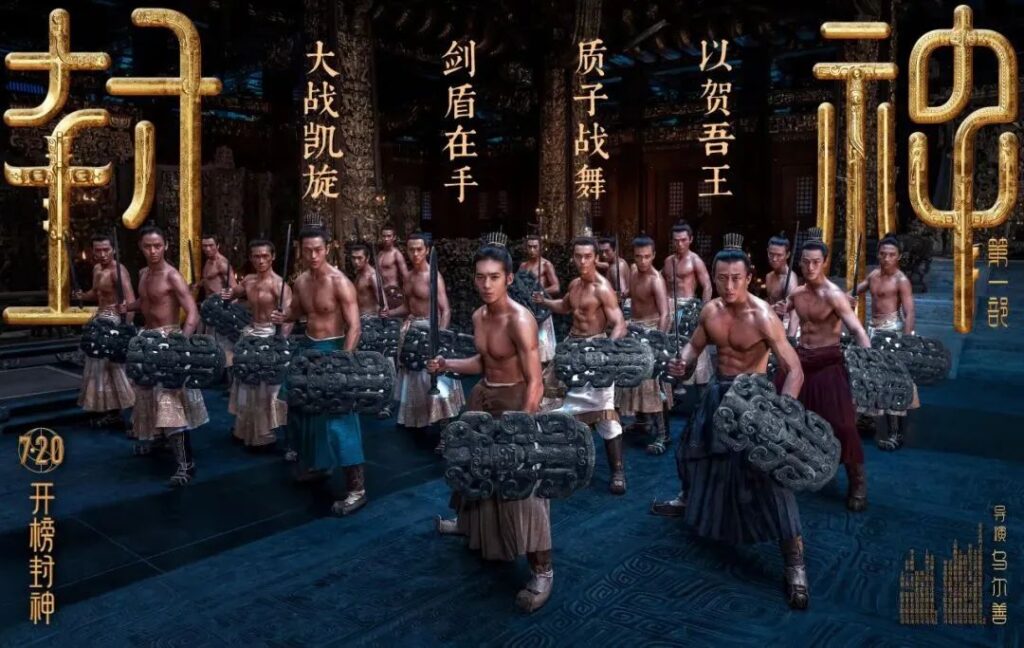
The Yin Ruins have gained fame once again due to the movie “The Legend of Gods.”

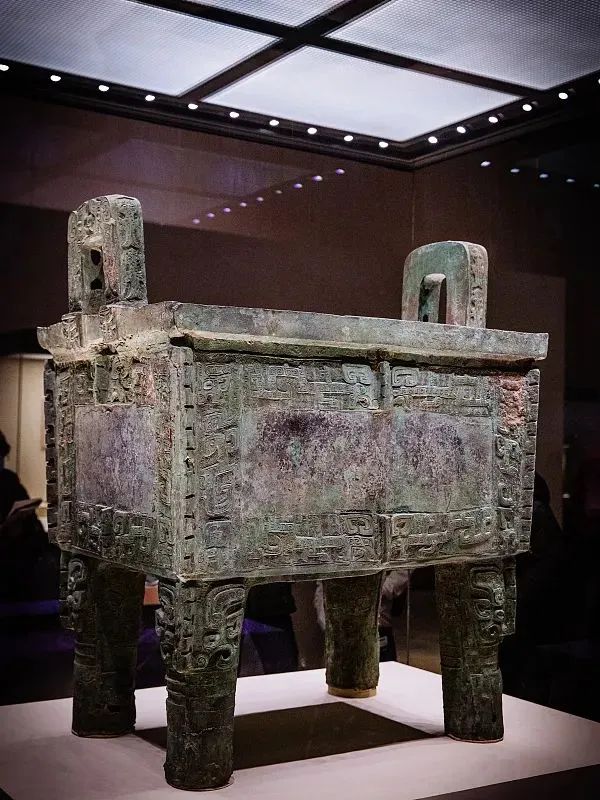
Must-sees include the “Yachang Niu Zun,” the only ox-shaped bronze artifact discovered in the Yin Ruins so far and the treasure of the Anyang Yin Ruins Museum; the “Simuxin Ding” from history textbooks; the “YH127 Oracle Bone Pit”; the “Restoration of Fu Hao’s Tomb”; and the “Tao Santong.”
📍 Yin Ruins Palace and Ancestral Temple Site
🎫 ¥70 (including shuttle bus)
🕐 8:00 AM – 5:30 PM (subject to on-site information)
Luoyang · Longmen Grottoes
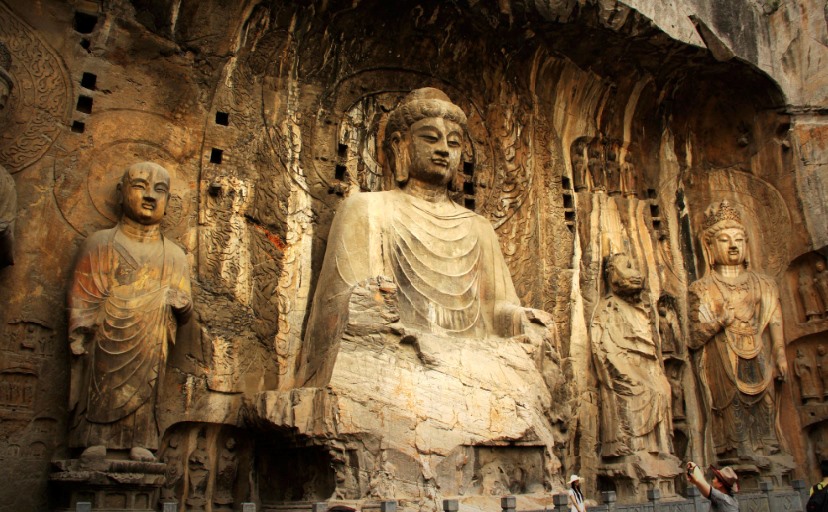

The Longmen Grottoes boast the most ancient inscriptions in China. The construction began during the Northern Wei Dynasty and continued for over 1,400 years, spanning more than 10 dynasties. Today, there are 2,345 grottoes, over 110,000 statues, and more than 2,800 inscriptions, earning it the title of “the pinnacle of Chinese stone carving art.” Many of the statues were built by royal nobles, offering not only a visual feast but also a spiritual pilgrimage.
Luoyang · White Horse Temple
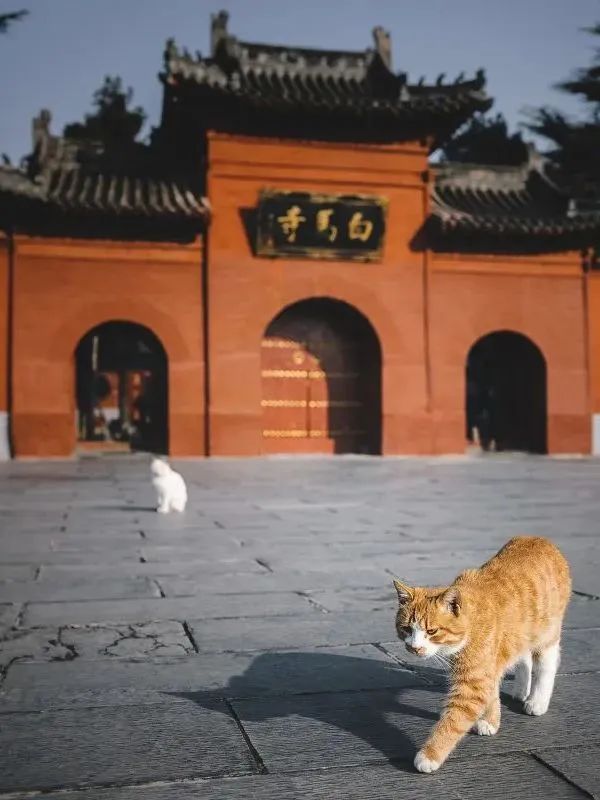
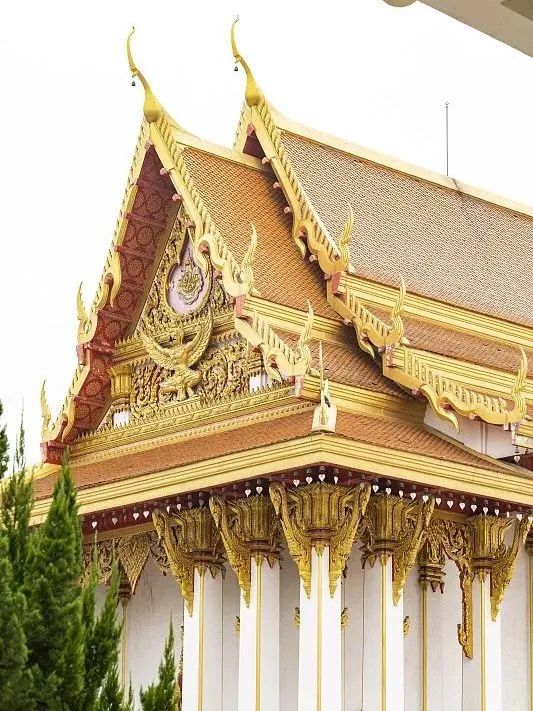
The White Horse Temple, located in Luoyang, Henan, is China’s first ancient temple and a world-renowned monastery. It is known as the “Ancestral Court” and “Origin of Buddhism” in Chinese Buddhism. With a history of over 1,900 years, the Forty-two Chapters Sutra was translated here. The temple currently preserves a large number of precious Yuan Dynasty lacquered statues.
Dengfeng · Shaolin Temple


Nestled in Dengfeng, Henan, the Shaolin Temple was built by Emperor Xiaowen of the Northern Wei Dynasty on Mount Song to accommodate the Indian monk Batuo. It is the ancestral temple of Chan Buddhism and the birthplace of Chinese martial arts, hailed as “the world’s first famous temple.”
Kaifeng · Daxiangguo Temple
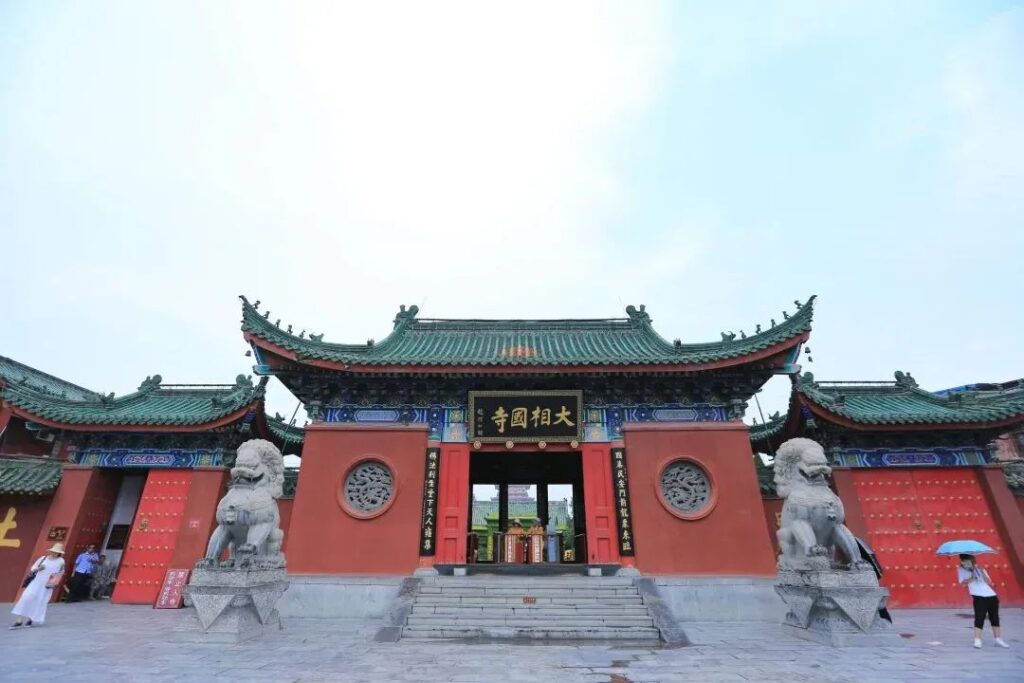

The renowned Daxiangguo Temple is a royal temple that reached its peak during the Tang and Song dynasties. With magnificent architecture and eminent monks, it attracted numerous Chinese and foreign monks to worship and discuss Buddhist teachings. The story of Lu Zhishen uprooting a willow tree took place here. Today, it is an important scenic spot in Kaifeng, showcasing the Song culture.
Luoyang · Mount Laojun
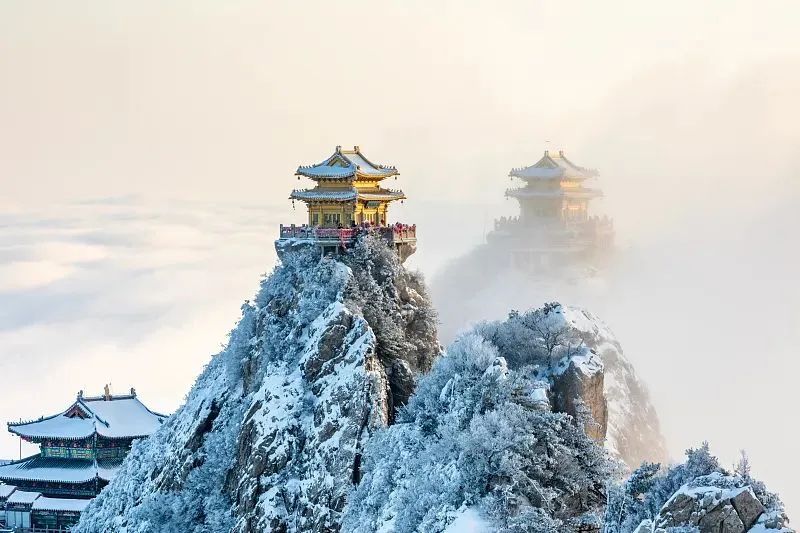
Mount Laojun, originally named Mount Jingshi, is the sacred place of the Quanzhen School, the mainstream sect of Taoism. Located three kilometers southeast of Luanchuan County, Luoyang, Henan Province, Mount Laojun is the main peak of the 800-mile-long Funiu Mountains, a branch of the Qinling Mountains, with an altitude of over 2,200 meters. Laozi (Li Er), revered by Taoists as the Supreme Old Lord, once practiced here. Emperor Taizong of the Tang Dynasty renamed Mount Jingshi to Mount Laojun.
🎫 Longmen Grottoes: ¥90; White Horse Temple: ¥35; Shaolin Temple: ¥80; Mount Laojun: ¥94
Henan is home to world-renowned scenic spots, ancient cultural capitals with a long history, magnificent ancient buildings, and majestic mountains and rivers. Every step presents a picturesque view, resembling a paradise on earth.
Dengfeng · Mount Song Scenic Area

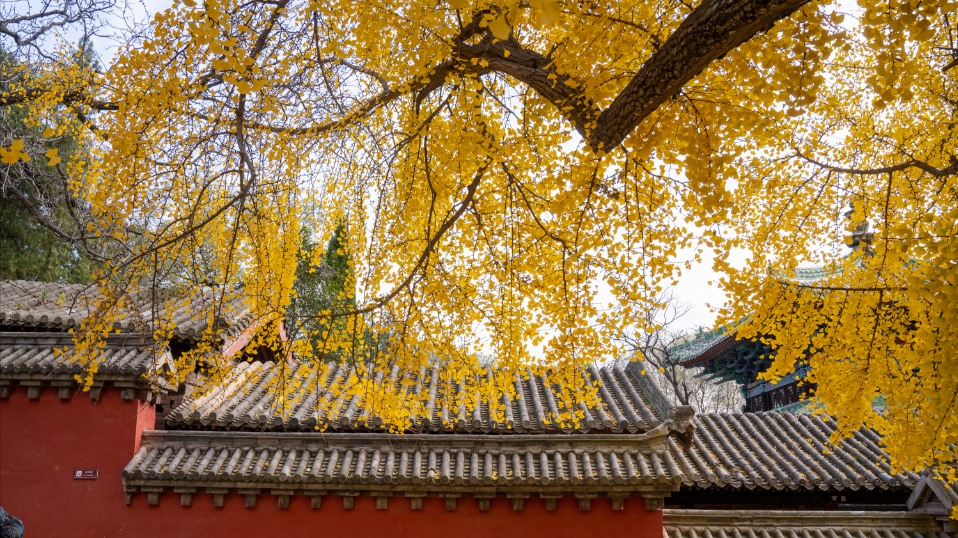
Mount Song, known as the “Central Mountain” among the Five Great Mountains, is an eastern extension of the Qinling Mountain Range. It has a profound cultural heritage and is the birthplace of Chan Buddhism and a sacred place for Taoism and kung fu. Over 30 emperors and more than 150 famous literary figures have visited Mount Song.
Jiaozuo · Yuntai Mountain
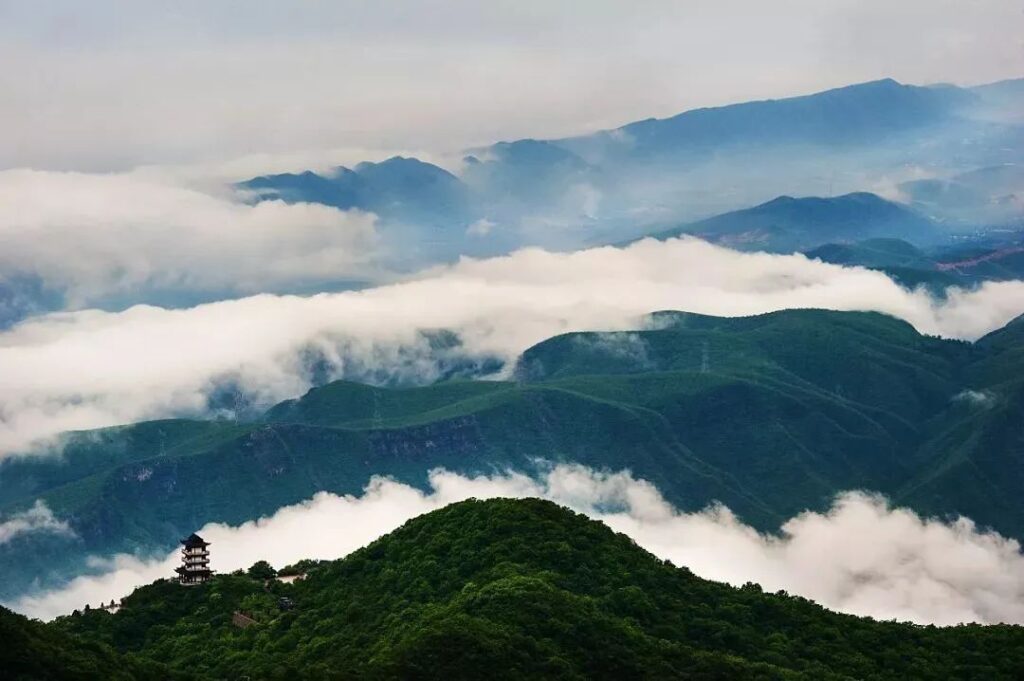
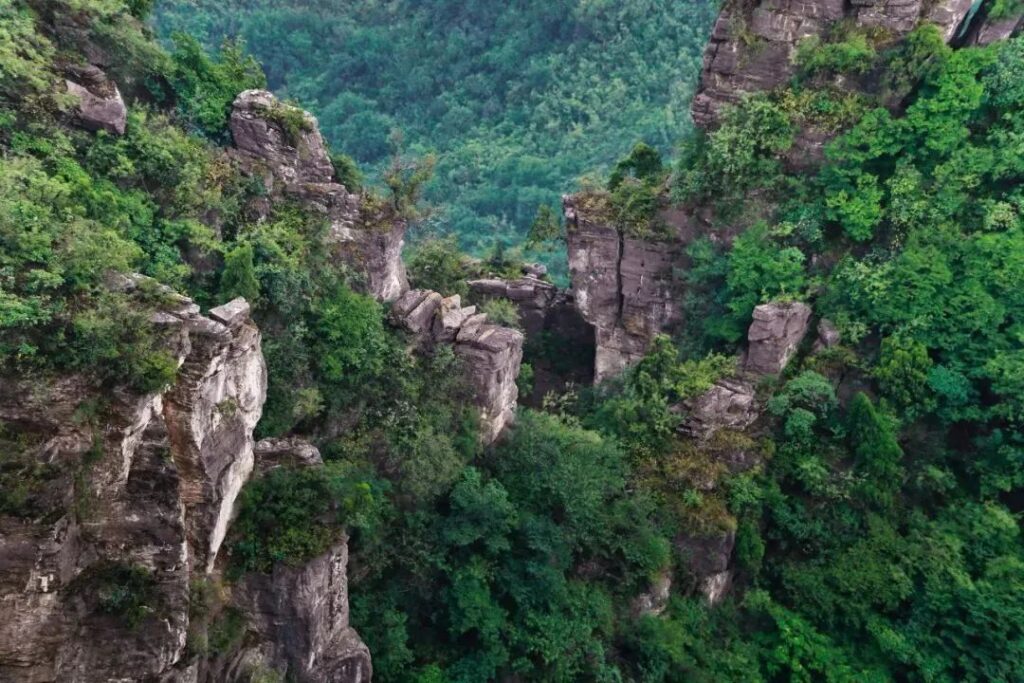
Yuntai Mountain is located in the middle section of the Taihang Mountains in the western part of Jiaozuo City. It is a national 5A-level tourist attraction, a national geopark, and a national forest park. Yuntai Mountain is famous for its magnificent canyon landscapes and colorful water scenery, earning it the title “Crown of Taihang.”
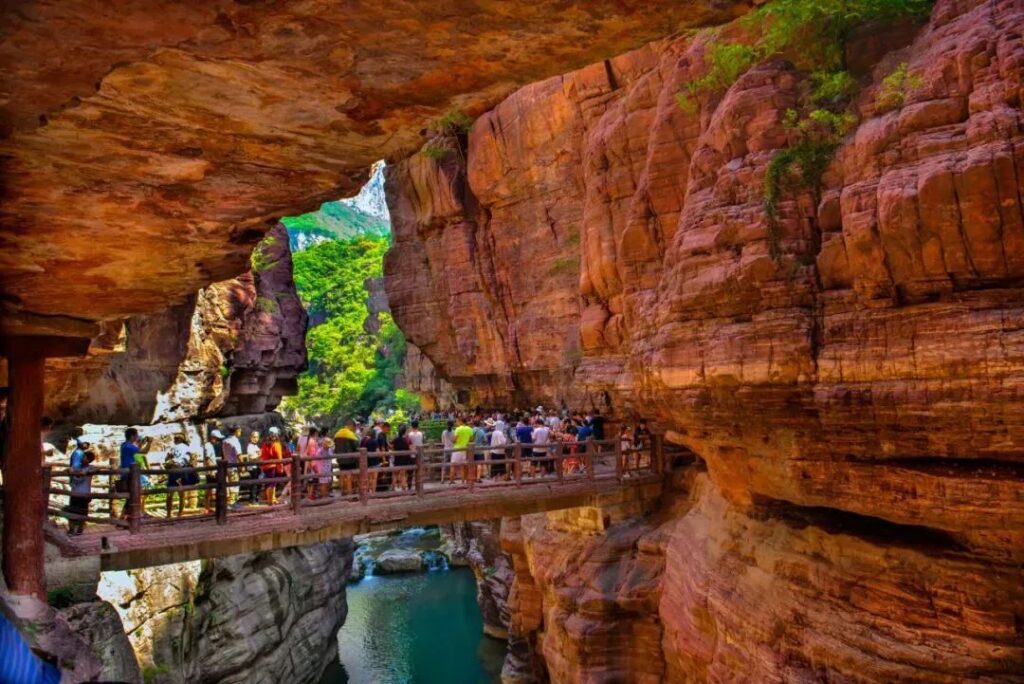
There are eleven major scenic areas, with the most representative being the four major canyons: Red Stone Gorge, Tanpu Gorge, Quanpu Gorge, and Qinglong Gorge.
🎫 Mount Song: Free (additional fees for scenic spots) Yuntai Mountain: ¥120
Henan Huimian

How can you not eat Henan Huimian when visiting Henan? It’s one of the three famous snacks in Henan! The classic Henan Huimian features a broth made from beef bones, carefully prepared toppings, and hand-pulled noodles. The ingredients also include bean curd sheets and eggs, offering a rich and flavorful taste that will leave you wanting more!
Hu La Tang (Pepper and Chili Soup)
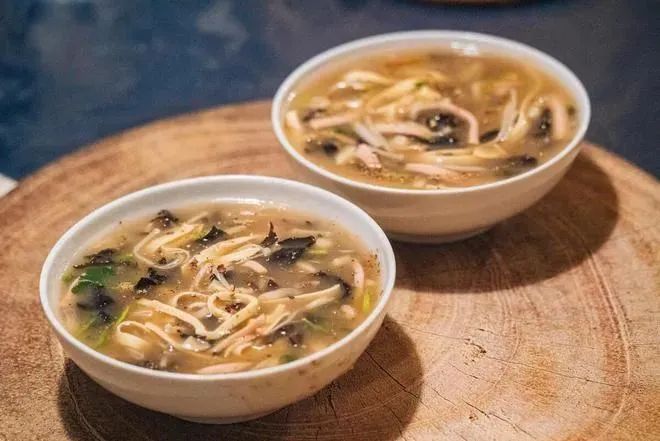
Hu La Tang, also known as Hu La Tang, is another must-try snack in Henan. If you enjoy spicy food, you can opt for the pepper-flavored Hu La Tang and add chili oil and vinegar for an unforgettable taste!
Daokou Roast Chicken

This is one of the traditional famous dishes of the Han people, made by the “Yixing Zhang” family-owned roast chicken shop in Daokou Town, Hua County, Anyang City, Henan Province. It is renowned alongside Beijing Roast Duck and Jinhua Ham, earning the title “The World’s Best Chicken.”
Lamb Meat Stuffed Flatbread (Yangrou Kangmo)
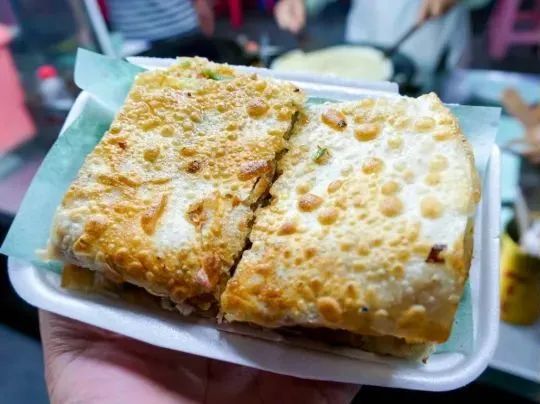
Yangrou Kangmo is made by placing lamb fat and minced lamb meat between two thin pieces of dough, covering them, and repeatedly frying them on a griddle with pure lamb fat. As the dough is fried in the melted lamb fat on the iron plate, the mixture of lamb fat and meat inside slowly reacts. The lamb fat moistens the dough inside and out, fully blending with the flour. After being roasted at high temperature on the iron plate, it becomes crispy and aromatic, offering immense satisfaction with every bite!
Luoyang Water Banquet
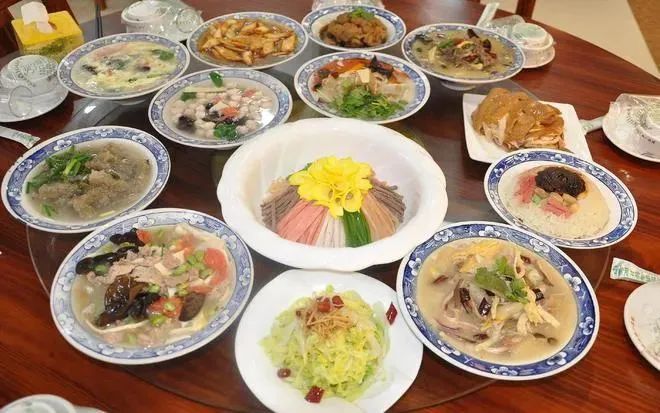
The Luoyang Water Banquet is a traditional famous feast unique to the Luoyang area, originating from the Tang Dynasty with a history of over 1,000 years. The course sequence consists of eight cold dishes (named after the themes of service, etiquette, strategy, desire, art, literature, Zen, and governance), four main dishes (peony and swallow dish, carp, fermented bean curd meat, and sea rice stewed with Chinese cabbage), eight main courses (three quick dishes, fish with five willows, fish paste, diced chicken, fried crane meat, eight-treasure rice, sweet fried dough twists, and sweet and sour pork), and four desserts (shark’s fin with flower arrangement, golden monkey exploring the sea, competing for spring with cuttlefish, and meatballs in clear broth), totaling twenty-four dishes.
Kaifeng Almond Tea
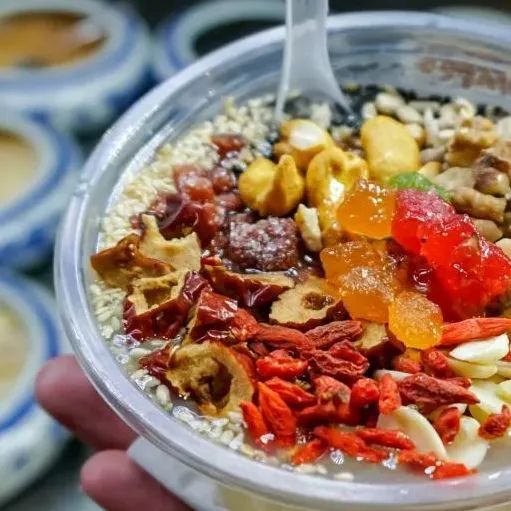
Kaifeng Almond Tea is made by mixing almond powder with various ingredients such as almonds, walnuts, peanuts, sesame seeds, pumpkin seeds, sunflower seeds, lotus seeds, wolfberries, dried longan, almond kernels, and white sugar. When mixed with hot water, it creates a sweet and sour taste with a pure aroma that is definitely worth trying!
There are simply too many amazing places to visit in Henan! One article is not enough to cover them all. We welcome everyone to share their thoughts in the comments section:
If you have the opportunity to visit Henan, which attraction would you most like to check in at?

